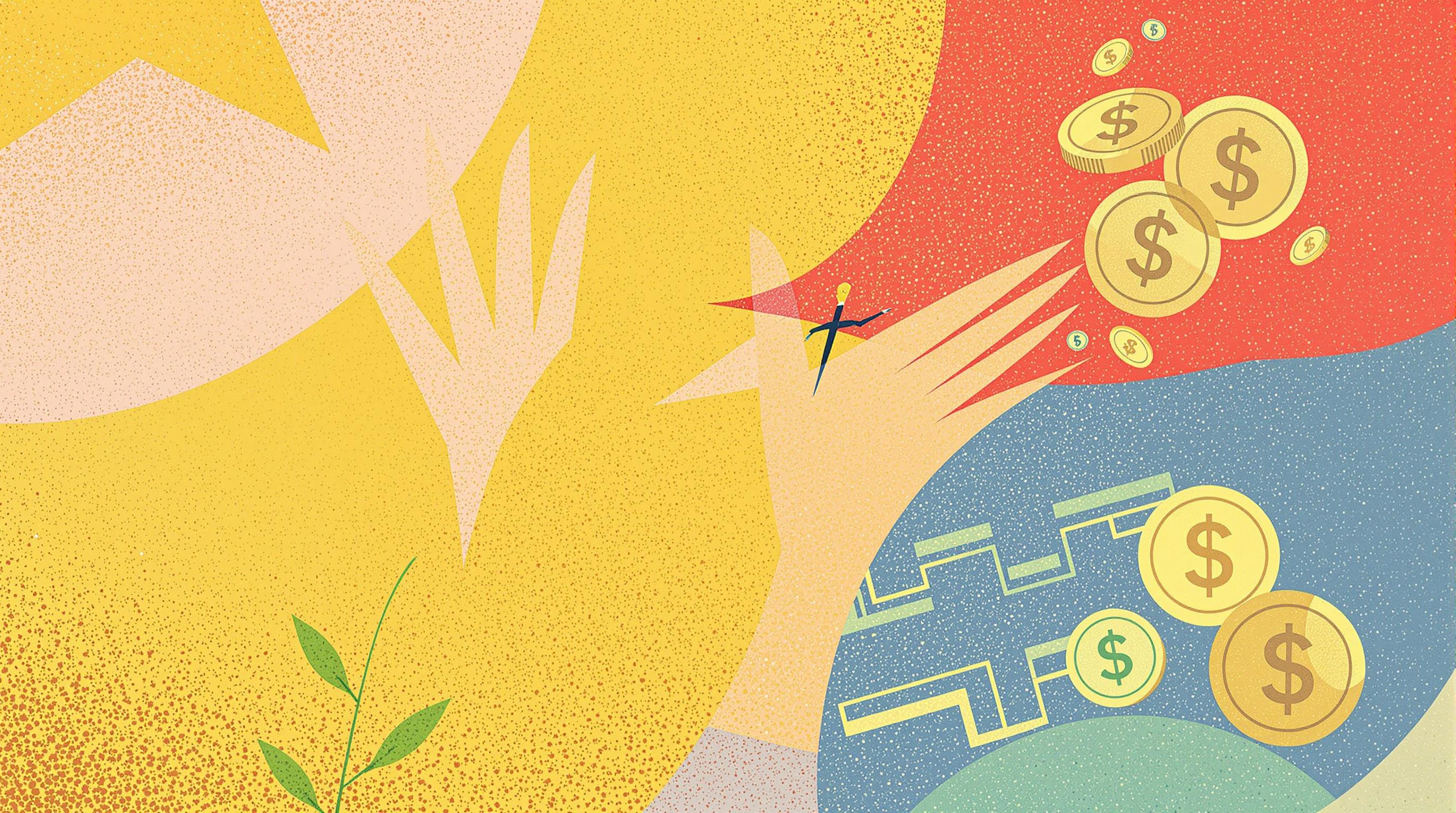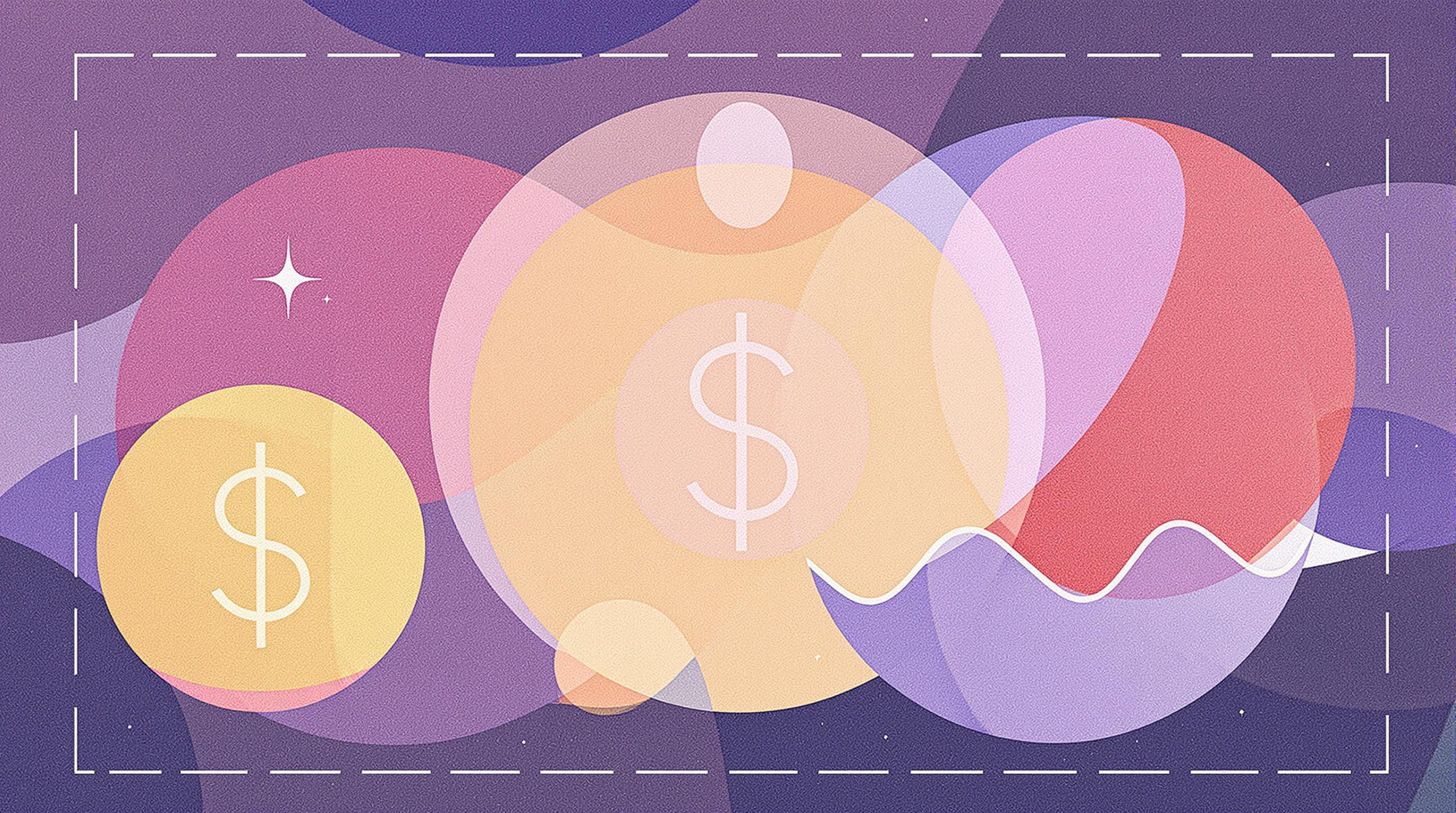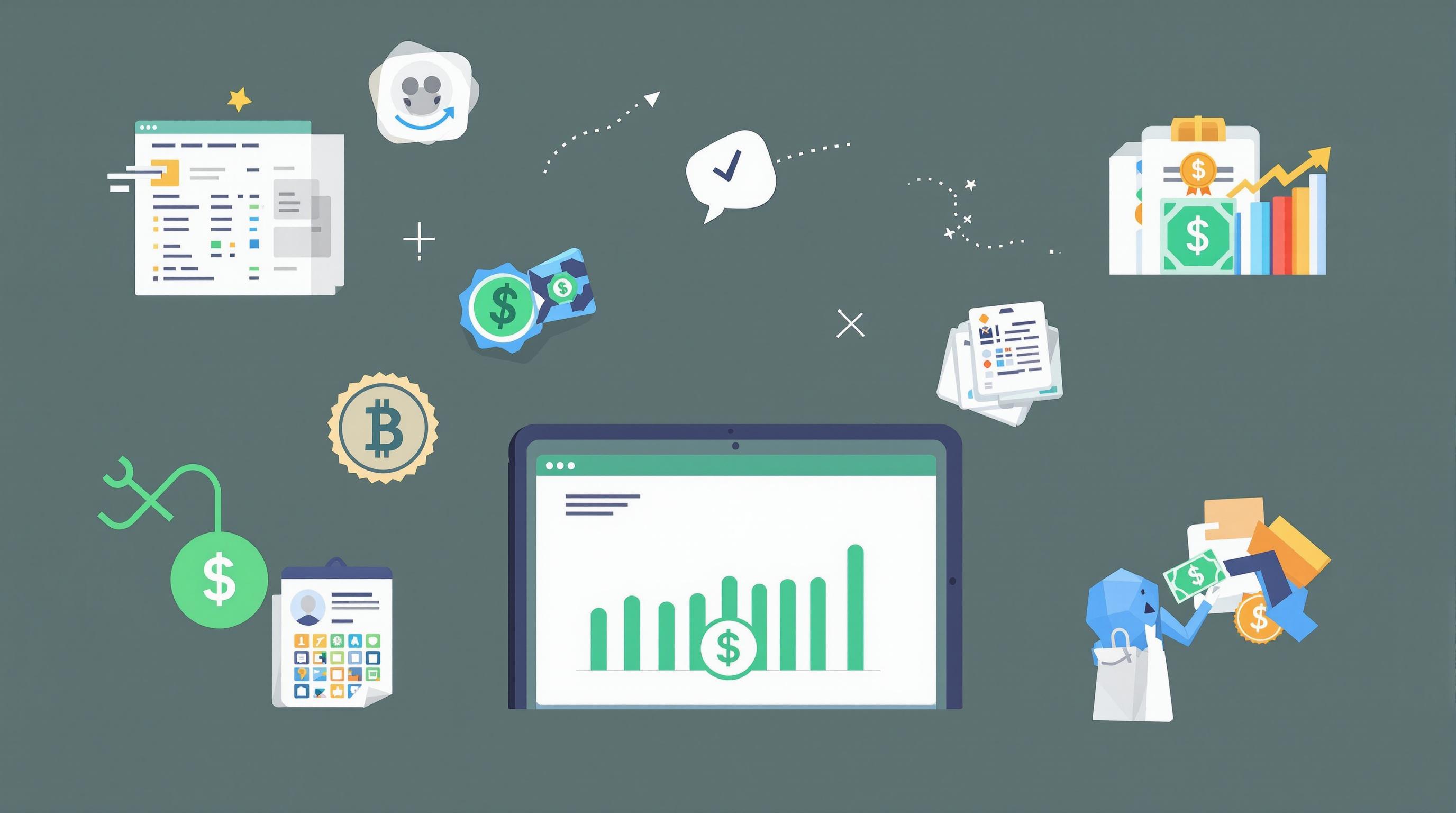Related Articles
- Top 5 Eco-Friendly Wallets Released Since 2019 That Blend Style with Smart Money Management
- Unlocking the Psychology of Spending: How Emotional Triggers Sabotage Your Saving Habits Without You Noticing
- Top 6 Revolutionary Micro-Investment Tools Launched Since 2019 Transforming Family Emergency Cash Reserves
- Top 6 New Credit Builder Cards and Apps From the Past Five Years That Actually Speed Up Your Score Growth
- Top 6 Innovative Debt Restructuring Tools from 2019 to 2024 That Outsmart Traditional Refinancing Options
- How Identity Protection Plans Intersect with Cyberpsychology to Influence Consumer Behavior and Risk Perception
Unlocking the Psychology of Spending: How Emotional Triggers Sabotage Your Saving Habits Without You Noticing
Unlocking the Psychology of Spending: How Emotional Triggers Sabotage Your Saving Habits Without You Noticing
Emotions often stealthily influence our spending habits, undermining even the most well-intentioned saving plans. This article delves into the psychological triggers that hijack your wallet and offers insights on regaining control over your finances.
The Emotional Triggers Behind Spending
Have you ever wondered why a bad day at work can lead you to impulse-buy a new gadget or indulge in a costly takeout meal? That’s no accident. Emotional spending is a common phenomenon, where feelings like stress, loneliness, or even excitement activate a subconscious urge to spend money as a form of self-soothing or reward.
Stress and Spending: A Vicious Cycle
Studies show that up to 60% of people admit to spending money as a way to cope with negative emotions (American Psychological Association, 2021). When stressed, the brain releases cortisol, which can increase cravings for immediate gratification—often satisfied by retail therapy. This kind of spending is rarely rational and leads to feelings of regret, which, ironically, can cause more stress.
The Sneaky Saboteurs: Marketing and Social Pressure
Marketing experts have long understood how to tap into these emotional triggers. Flash sales with countdown timers, “limited editions,” and social media influencers showcasing luxurious lifestyles push consumers to make purchases based on fear of missing out (FOMO).
Example: Instagram posts often portray an idealized version of life, making followers feel inadequate and pushing them to buy products they don’t really need just to “keep up.” This phenomenon, known as “social comparison,” can subconsciously shift priorities away from saving.
A Story of Sarah: The Social Comparison Trap
Sarah, a 28-year-old graphic designer, found herself constantly drained financially despite earning a decent salary. She realized her spending spiked after scrolling through social media, where friends flaunted trendy clothes and vacation snapshots. Sarah’s case reflects a widespread issue: emotional spending fueled by social cues rather than genuine needs.
Age and Emotional Spending: Does It Change Over Time?
Counterintuitively, research suggests younger adults (ages 18-29) are more prone to emotional spending than older adults (50+), possibly due to more fluid social identity formation and peer pressure (University of Michigan, 2020). However, older adults might face emotional spending triggers unique to their stages in life, such as loneliness or the pursuit of comfort in retirement.
Humorous Take: Confessions of a 45-Year-Old Recovering Shopaholic
“I used to justify my shopping addictions by telling myself, ‘I work hard, I deserve this.’ Turns out, 'deserve' is just code for 'please make me feel better!’ At 45, I’ve swapped my impulsive buys for green smoothies and therapy sessions. My wallet is happier, but boy, those shoes were pretty!”
Why Saving Feels Like a Chore
Emotionally, saving money is often linked to delayed gratification—it doesn’t deliver the instant dopamine hit that spending does. Many people find it challenging to visualize long-term benefits vividly enough to motivate current sacrifice. Behavioral economists refer to this as hyperbolic discounting, where immediate rewards disproportionately overshadow future gains.
Case Study: The 52-Week Challenge
The 52-week savings challenge capitalizes on breaking down the intimidating idea of saving a large sum into small, manageable weekly increments. Participants report higher success rates because it gradually conditions the brain to enjoy incremental achievements, emotionally rewarding saving rather than spending.
Practical Strategies to Outsmart Emotional Spending
If you find yourself on a spending rollercoaster, consider these steps:
- Identify your emotional triggers: Keep a spending diary and note your feelings when purchases occur.
- Create ‘cool down’ periods: Impose a 24-48 hour waiting period before any non-essential purchase.
- Limit social media exposure: Reduce time scrolling to lessen social comparison urges.
- Automate savings: Schedule automatic transfers to savings accounts right after payday to reduce leftover spendable income.
- Seek emotional alternatives: Develop hobbies or mindfulness practices to replace retail therapy.
Conversational Insight
Look, I’m no saint—there were times I bought cheese knives just because the box looked cool! But recognizing that my emotions were driving those impulses helped me pause and rethink. It’s empowering to know that these triggers are natural, and with simple techniques, you can train your brain to favor your future self over fleeting feelings.
The Role of Self-Awareness in Financial Health
John, a 62-year-old retiree, reflects on his spending: “Understanding why I was reaching for my credit card instead of addressing loneliness transformed my approach to money.” His story highlights that financial wisdom often comes with self-awareness—an indispensable tool to reconcile emotions and money management.
Statistic Spotlight
According to a 2019 Schwab survey, 61% of Americans struggle with managing emotions around money, indicating this is a widespread challenge rather than an individual failure.
In Summary: Reclaiming Control Over Your Wallet
Understanding the psychological underpinnings of spending habits is crucial to building healthier saving patterns. Emotional triggers—ranging from stress to social pressures—operate under the radar, but with increased awareness and practical strategies, anyone can outsmart these saboteurs. The road to financial stability is not just about budgeting hard numbers; it’s about aligning your emotions with your financial goals.
Final Thought
So next time you feel the urge to click “buy now,” take a deep breath and ask yourself what feeling you’re really trying to satisfy. Your bank account—and your future self—will thank you.




